Humans have used storytelling as a fundamental method of communication.
From solo creators to global brands, anyone can now use AI-powered tools to quickly create stunning animations.
This article explores how AI-animated video generators work, their impact on industries, and the future of this game-changing technology.
What Are AI Animated Video Generators?
AI-animated video generators are revolutionizing content creation by automating much of the animation process.
These systems combine artificial intelligence technologies to transform text, images, or simple sketches into professional-looking animated videos.
Key Technologies Powering AI Animation
Natural Language Processing (NLP)
- Text Analysis: Interprets input scripts or prompts to understand the narrative structure.
- Intent Recognition: Determines whether the content is educational, promotional, storytelling, etc.
- Keyword Extraction: Identifies important concepts that need visual representation
Power of Computer Vision
- Image Recognition: Analyzes uploaded images to identify objects, scenes, and elements
- Style Detection: Determines artistic style (cartoon, realistic, watercolor, etc.)
- Object Segmentation: Separates foreground elements from backgrounds
Generative Adversarial Networks
- The Generator creates synthetic images (e.g., a human face).
- The Discriminator evaluates whether the image is real or AI-generated.
- Through iterative training, the Generator improves until its outputs are indistinguishable from real images.
Working Process of AI Animation Video Generator
Creating an AI-generated animated video involves multiple stages, from conceptualization to final rendering.
Below is a described step, explaining how AI transforms raw ideas into polished animated content.
Step 1: Interpreting Input Data
Uploaded images or sketches enable the system to analyze rough drawings and refine them into polished animations.
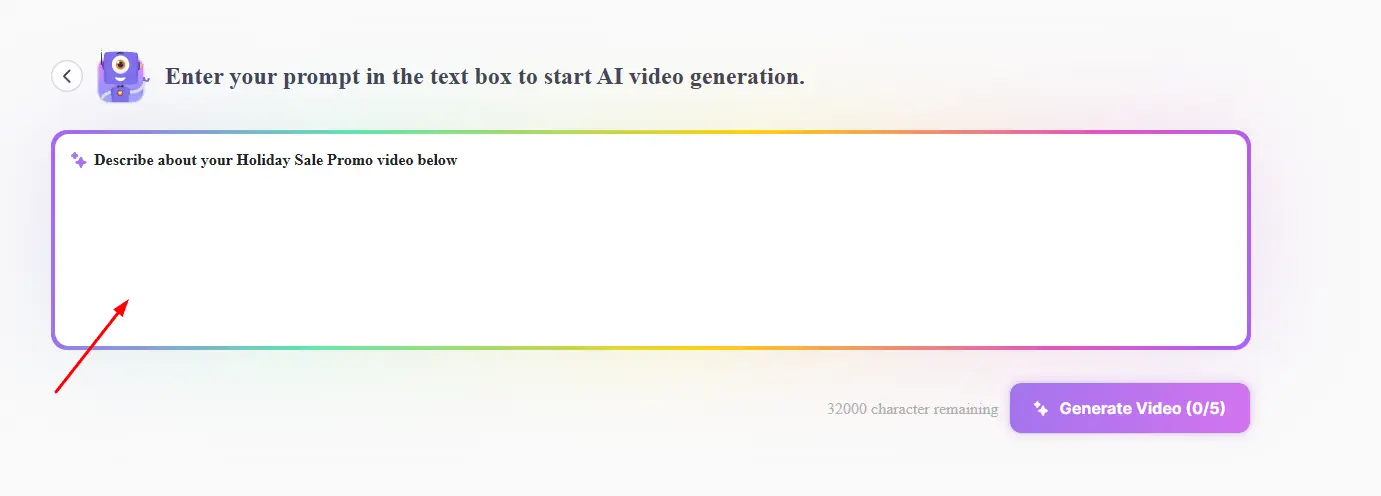
Alternatively, structured scripts with scene descriptions offer detailed visual storytelling cues, helping the AI generate more precise animations.
Step 2: Automated Storyboarding & Scene Planning
The AI transforms the interpreted input into a visual storyboard by sequencing scenes in hierarchical order.
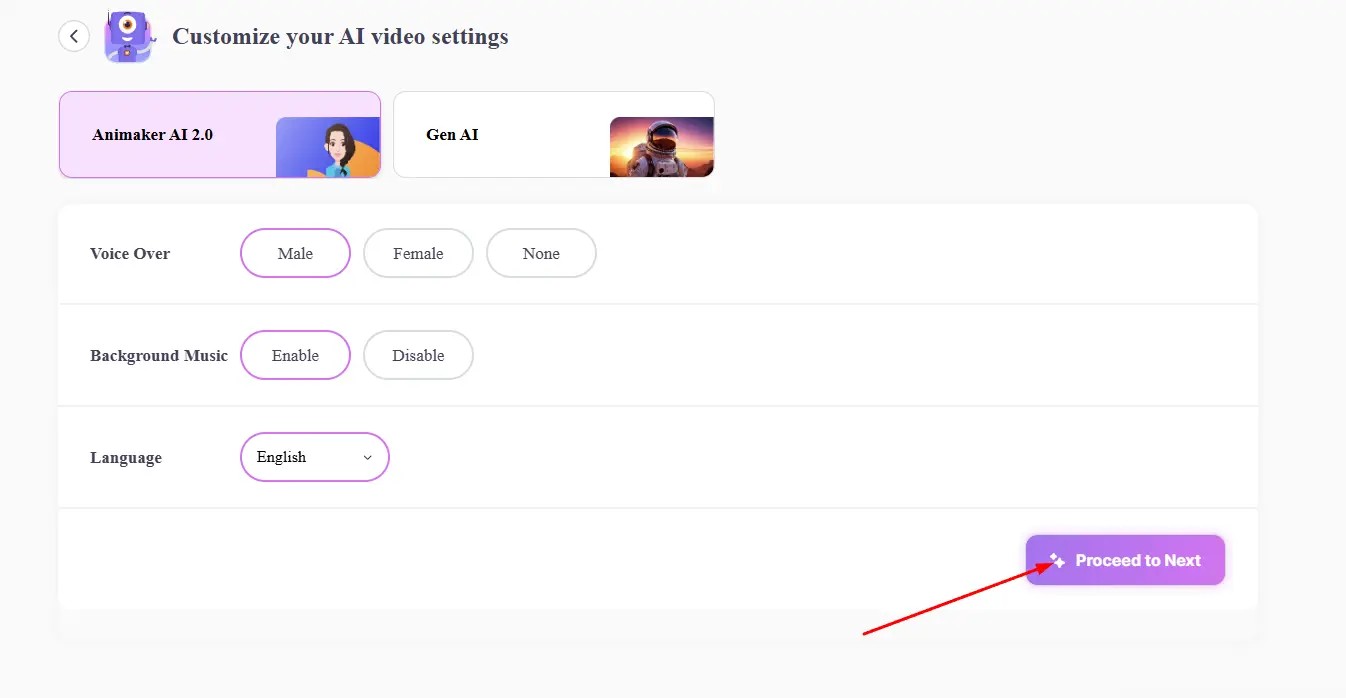
It determines shot compositions (such as close-ups or wide angles), and allocates precise timing for each scene to ensure proper pacing.
Step 3: AI-Generated Visual Assets
The AI automatically generates and enhances visual elements by creating detailed 2D/3D characters from descriptions, designing immersive backgrounds that match the scene's context, and adding relevant props and objects to bring the animation to life.
Step 4: Animation and Motion Dynamics
The AI brings assets to life through auto-rigging that creates movable character skeletons automatically, while motion prediction ensures realistic physics-based movements.
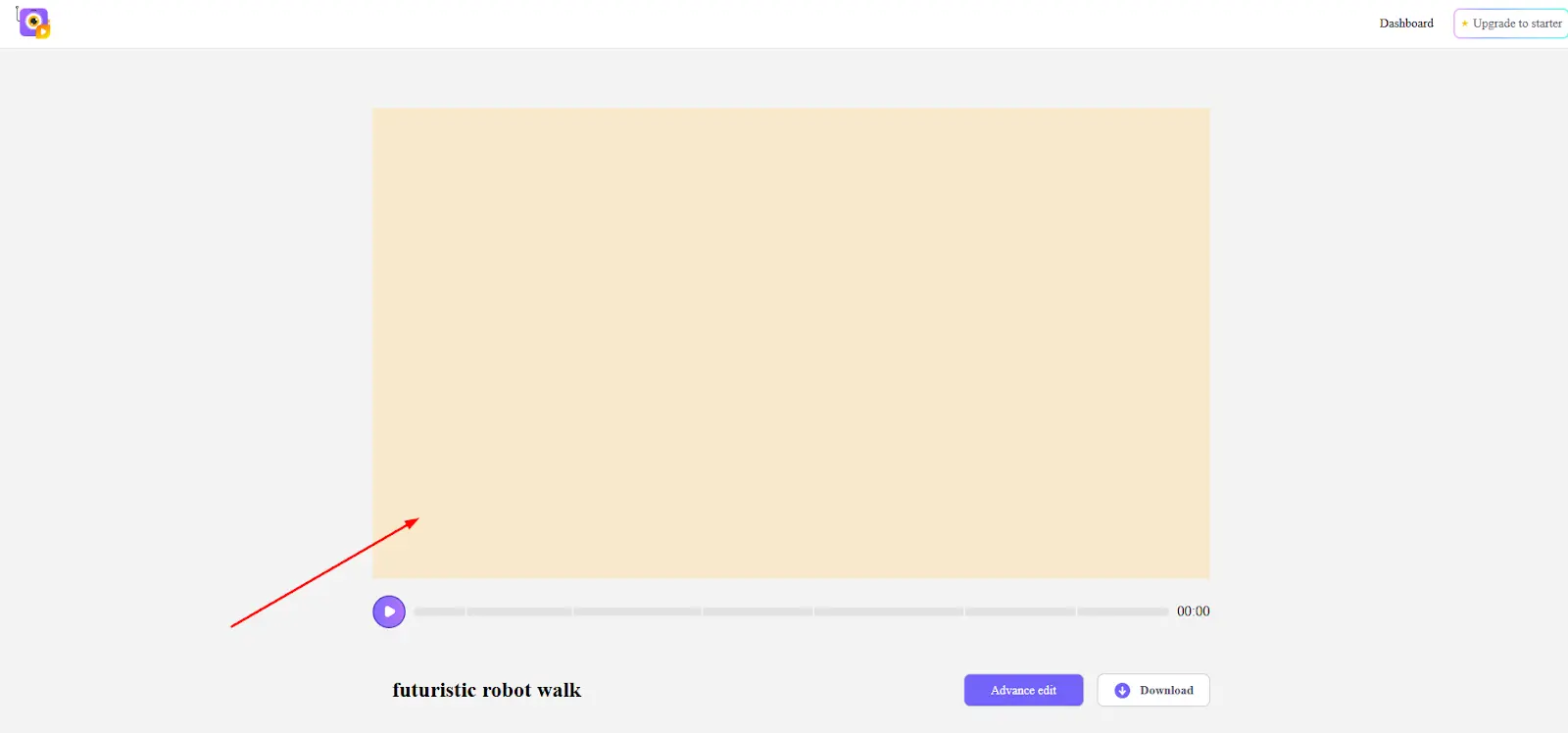
Step 5: Rendering and Visual Compositing
The AI seamlessly blends all visual elements by intelligently adjusting lighting to set the mood, generating realistic shadows and reflections, and enhancing scenes with dynamic special effects like particle systems, light glows, and motion blur for cinematic quality.
This final compositing stage transforms individual assets into a cohesive, polished animation.
Step 6: AI-Driven Post-Production Enhancements
Using advanced algorithms, the AI video editor enhances the final video through automated color grading to establish mood-appropriate tones, integrates synchronized sound design, including music and effects, and performs intelligent auto-editing to refine pacing and transitions for professional-quality output.
These capabilities are particularly impactful when creating an AI music video, where visual elements must align seamlessly with rhythm and tone to deliver an engaging, cinematic experience.
Step 7: Export and Final Delivery
AI animation tools are revolutionizing content creation by making it faster, more affordable, and accessible to everyone, from businesses to educators.
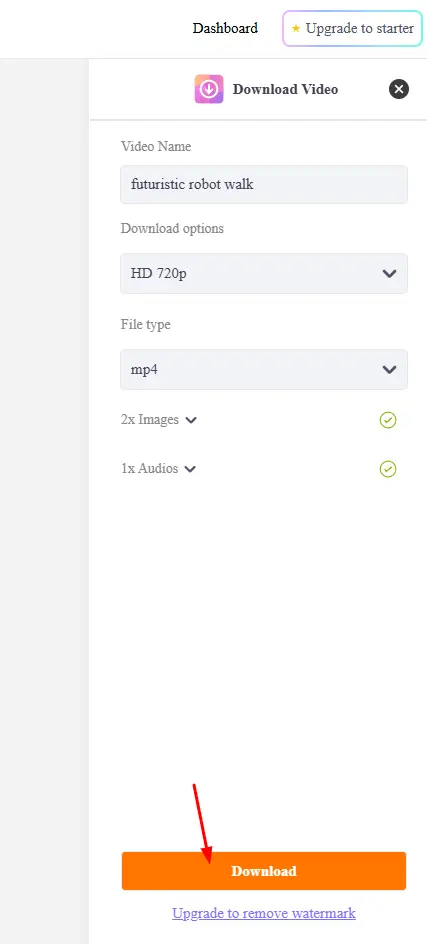
Popular AI Animated Video Tools
AI-animated video tools enable users without expertise to make professional videos by processing text and images directly through scripts. They provide suitable solutions for marketers alongside educational institutions, along content creators.
Animaker
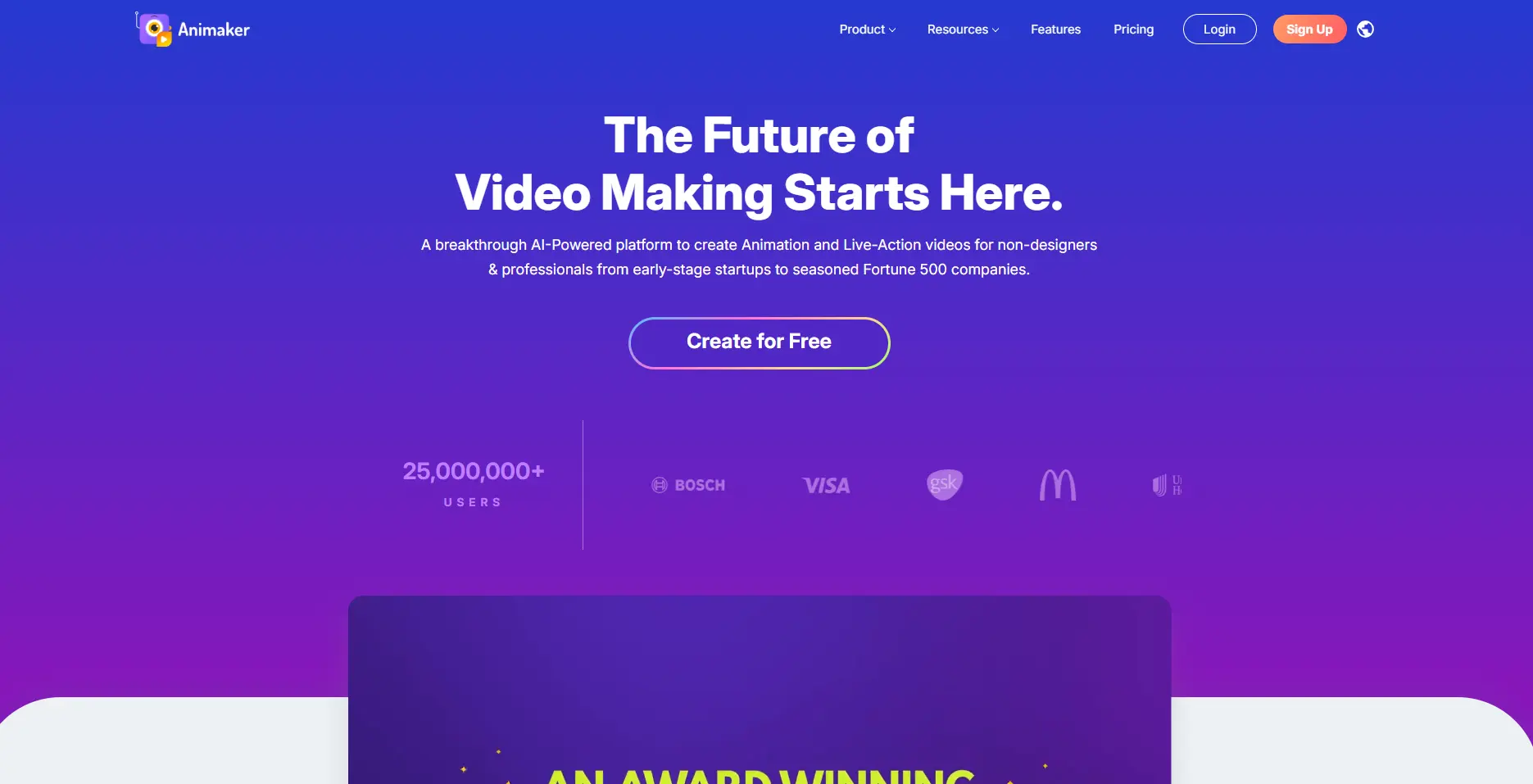
Except for novices and advanced users, Animaker offers a friendly interface to generate video content using artificial intelligence capabilities.
Through its basic drag-and-drop design, users can develop professional animated videos from a diverse collection of characters as well as effective templates and media assets.
Synthesia
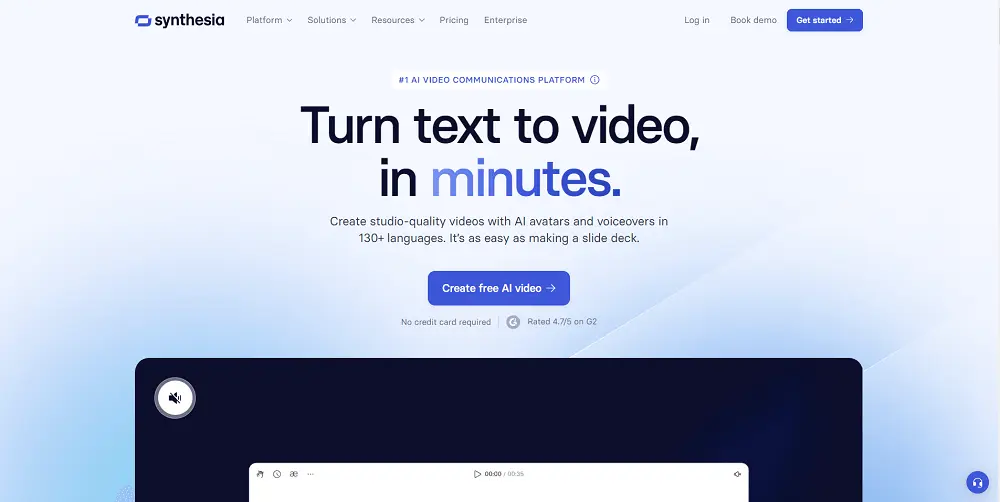
Users can make professional videos containing realistic human avatars through the AI video generation platform Synthesia by entering textual content.
The solution operates without cameras or microphones and actors hence making it an affordable choice for business educators and content creators.
Pictory
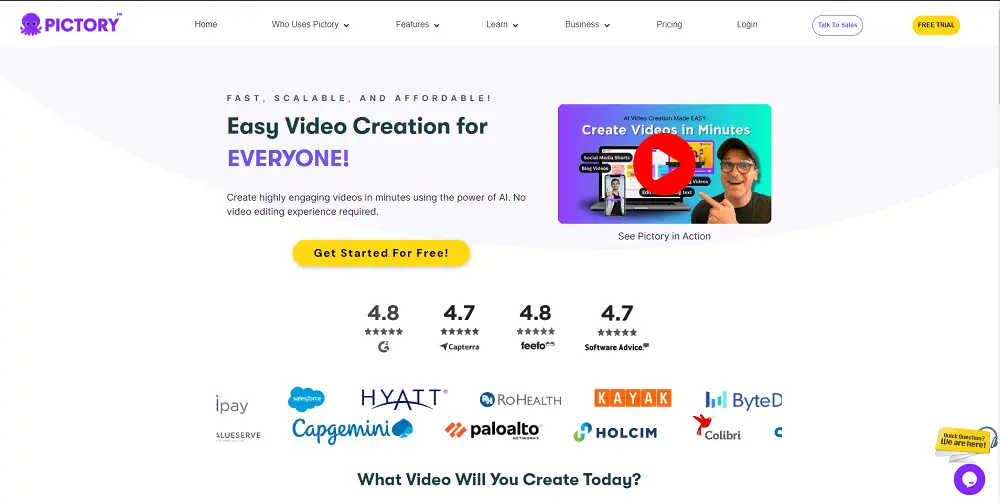
With its AI technology, Pictory converts articles and scripts alongside blog posts into brief content-related videos.
Natural language processing applies to Pictory software, which finds essential points and then connects them through appropriate visual elements and music, and voice recordings.
Vyond

Users can generate professional animated videos with character functionality through the professional animation platform called Vyond which targets business and educational needs.
Through its simple user interface, Vyond helps people create personalized characters while adding voice effects and animated pictures to deliver effective narratives.
Lumen5
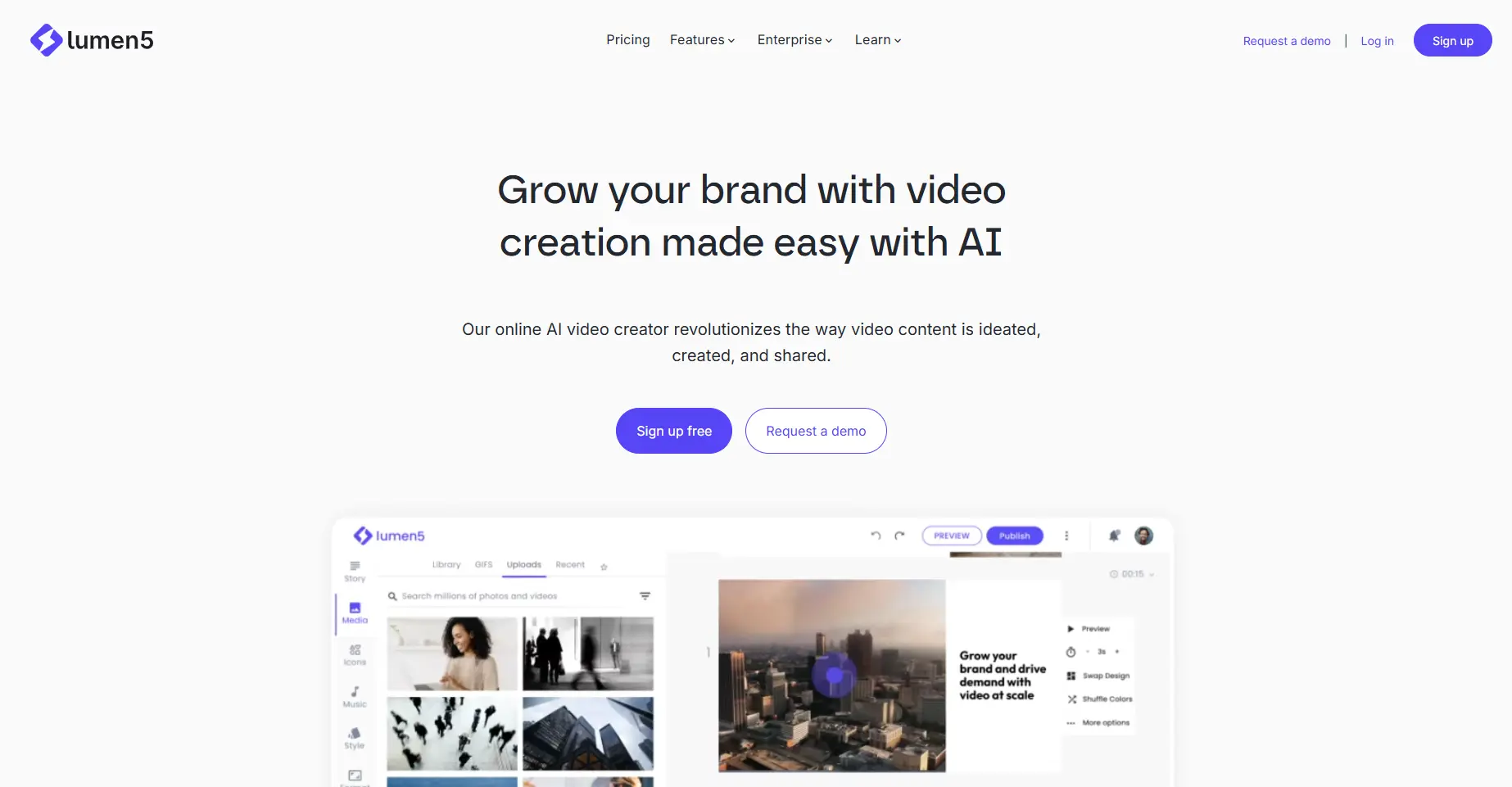
Lumen5 functions as an AI-based video production platform that transforms textual material, such as blog text or social media messages, into expert video content during a short period.
Users find platform-ready videos easy to produce through Lumen5 because it features AI that pairs text content with matching visual elements and music, and dynamic transitions.
AI Animation Involves Multiple Sectors
AI-powered animation tools are revolutionizing content creation across diverse industries by making professional-quality video production faster, more affordable, and accessible to non-experts.
Here's how different sectors are leveraging this transformative technology:
1. Marketing & Advertising
Personalized Ad Campaigns: AI generates customized product demos and promotional videos tailored to different customer segments.
Rapid Prototyping: Marketers can test multiple ad variations quickly before finalizing campaigns.
Social Media Content: Brands produce daily engaging posts, stories, and reels without large production teams.
2. Education & E-Learning
Interactive Lessons: Complex concepts become easier to grasp through animated explanations.
Language Learning: AI creates culturally appropriate animations for different regions.
Special Education: Visual storytelling helps students with learning differences.
3. Entertainment & Media
Independent Filmmaking: Solo creators are increasingly turning to tools such as a YouTube AI video editor to streamline production and achieve near studio-level animation quality.
Streaming Content: Platforms generate localized animated content for global audiences.
Pre-visualization: Directors use AI to create quick storyboards and animatics.
4. Gaming Industry
Procedural Animation: AI generates unique character movements and reactions.
NPC Interactions: Creates more lifelike non-playable characters with dynamic expressions.
India Development: Small teams compete with AAA studios using AI-assisted assets.
5. Corporate Communications
Training Videos: Companies create consistent onboarding materials across global offices.
Data Visualization: Turns complex reports into engaging animated infographics.
Virtual Presentations: Executives use AI avatars for multilingual investor updates.
The Future of AI in Storytelling
Some software platforms are known as AI Animated video generators, which help to develop automatic animated videos.
Some real-time examples are given for describing AI in Video Animation.
For Example:
Shopify merchants now use Synthesia to create 50+ localized product demo videos in different languages weekly, something that previously required a production team and weeks of work.
The AI generates native-speaking presenters who demonstrate product features with perfect lip-sync, while dynamically adjusting background visuals based on regional preferences.
For Example:
Khan Academy employs Pictory to transform its existing educational blogs into animated lesson summaries.
When explaining complex topics like photosynthesis, the AI automatically creates accurate visual diagrams, adds a friendly instructor avatar, and syncs it to clear narration, increasing student engagement by 40% compared to text-only content
The platforms were built with flexibility in mind to serve users who work in marketing as well as education, filmmaking, and social media content creation.
Conclusion
The technology of AI-animated video generators disrupts storytelling practices while creating innovative possibilities for storytelling.
The future promises story content that is both diverse and dynamic because artificial intelligence merges with human storytelling abilities, despite potential issues regarding ethical use and job-related changes.
Technology determines our storytelling methods in this present age, yet human nature maintains control over our fundamental purpose of storytelling.
